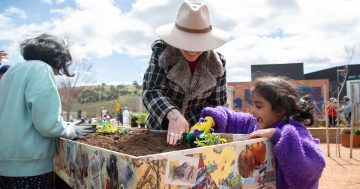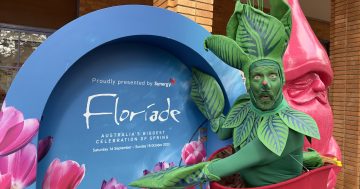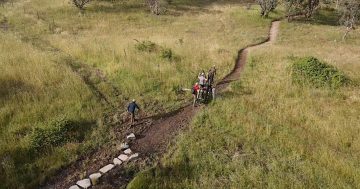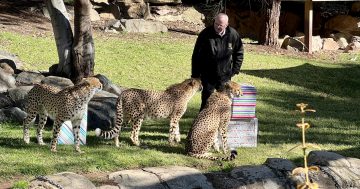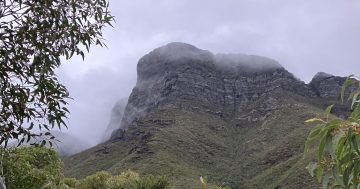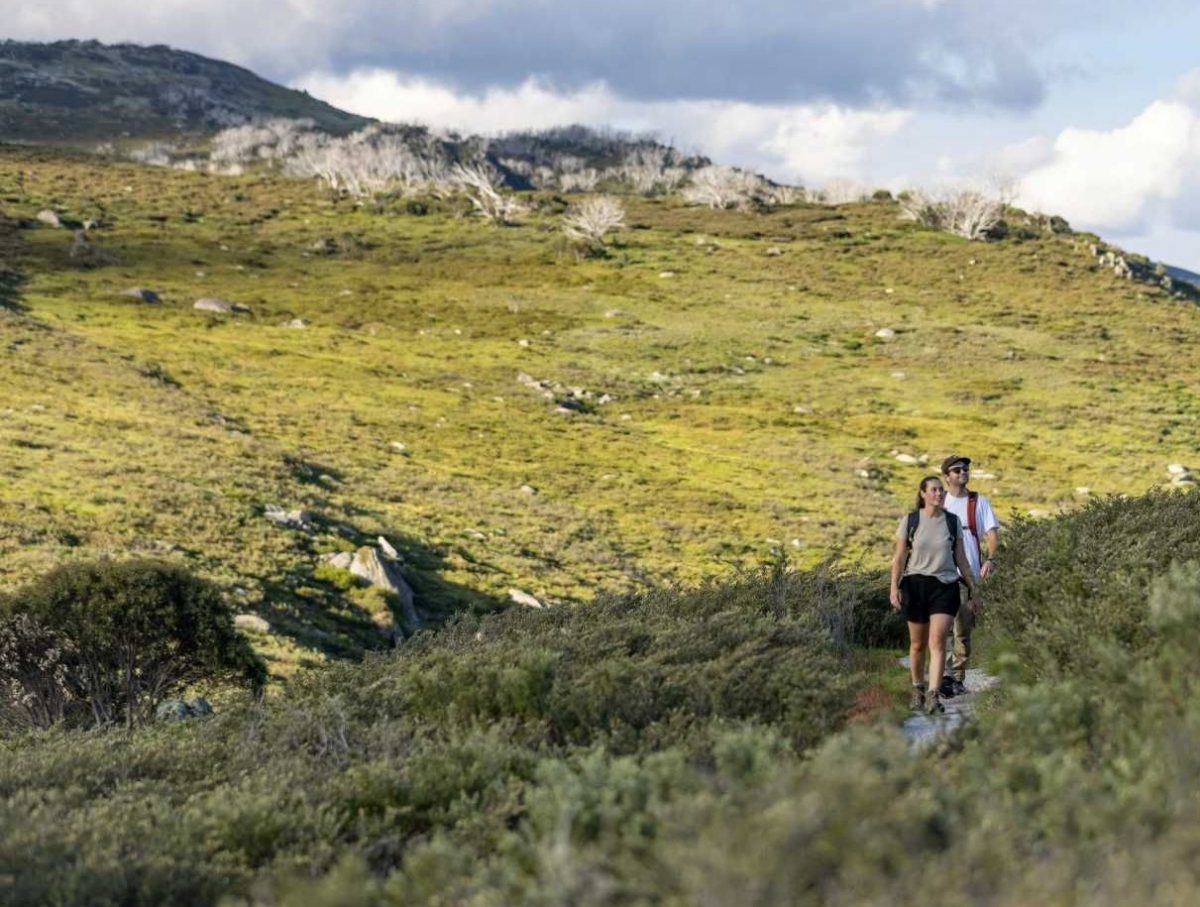
What will you discover as you wander through the Capital this spring? Photo: File.
The days are getting longer and flowers are blooming, which marks the perfect time for Canberrans to shed their puffer jackets, pull on some joggers and explore what our great region has to offer on foot.
Namadgi National Park and Tidbinbilla Natural Reserve director Peter Cotsell says we’re set for a stunning spring.
“We have a notable difference in the length of days now, and with all this nicer weather coming through, it’s time to hit the longer walks in the ACT,” he says.
“Our flowers tend to be more prolific from October to December, but the acacia (or wattle) is already in full bloom. If you look closely, some flower species are ornate and beautiful.”
Blue Caladenia start nodding its head throughout September, while flowers that begin coming into their own in October include Black Tongue Caladenia, Nodding Blue Lily and Billy Buttons.
Flowers at higher altitudes in our mountains won’t be out in force until late October.
Here are Peter’s recommendations to discover the glorious floral displays in the Capital.
1. Tidbinbilla Sanctuary
As the weather warms up, platypus and bird species are becoming more active. A 2.1 km pathway has recently been upgraded to be completely wheelchair accessible, which winds across a series of ponds. Along with the stunning flora, you can discover a variety of animals at the Sanctuary’s Vet Centre.
2. Woods Reserve to Gilbraltar Falls
Given our wet winter, Gilbraltar Falls is bubbling, with many wattle trees also flowering. Starting from Woods Reserve Campground, the walk is about 2.3 km which will take about an hour.
3. Mt Tennent
This is a more challenging option which results in spectacular views. The 15-kilometre walk has recently been upgraded towards the top, diverted from the old fire trail to just below the ridgeline before you step out to 360-degree views. The hike can take about six hours, so come prepared, but it’s recommended this walk is done in spring before the weather gets too hot.
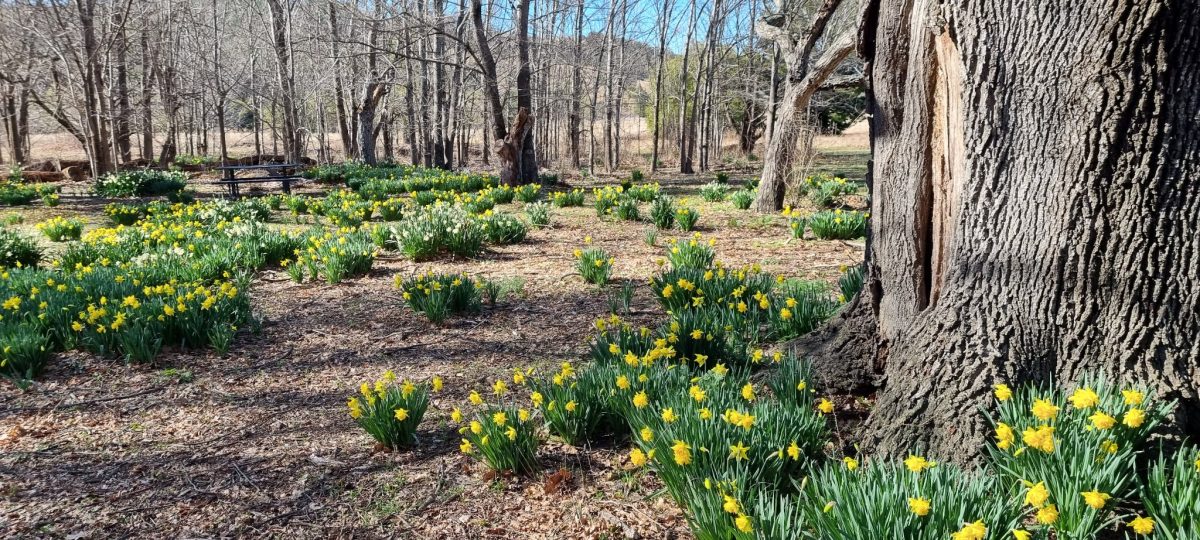
The daffodils are blooming at Sherwood Homestead. Photo: Facebook.
4. Mt Aggie
Peter says this walk offers the “most stunning views in the ACT”, so head up and see if he’s right! It’s a 3 km return walk from Franklin Road, which takes about 45 minutes. Located at Namadgi National Park, it’s an easy walk through Snow Gum woodlands and areas scattered with wildflowers.
5. Black Mountain
If you’re a fan of the region’s beautiful orchid species, then put this mountain on your list. It’s accessible from the Australian Botanical Gardens, which is a perfect chance to also see this local attraction in full bloom.
6. Sherwood Homestead
The National Trust is holding a special tour of this historical site in September, which you’ll need to book, but you’re also free to explore the grounds yourself. Relax in a sea of daffodils and enjoy the site’s history while you’re there.
Spring is also a great chance to burn the energy of kids who have been itching to get outdoors all winter.
Local Nicole Sadlier coordinates ‘Toddler Trails’, which is part of Canberra outdoor playgroup Meet and Move. She says there are plenty of big adventures for little legs throughout the Territory.
“Canberra’s bush and nature reserves are some of our best natural playgrounds, offering lots of opportunities to connect with nature, and to run, jump, climb and balance,” Nicole says.
These are some of her recommendations for those of us with young people who are keen to explore.
1. Aranda Bushland Nature Reserve
A 950-metre walk in northern Canberra among the Snow Gums. It offers many chances for log balancing and jumping, exploring stick cubbies, puddles to splash in following the rain and flowers galore to discover and collect. There’s a car park on Bindubi St to start your journey.
2. Lindsay Pryor National Arboretum and National Rock Garden
Rocks and toddlers, need we say more? This is great for acorn hunts with large boulders along the way to climb and jump from, and covered picnic tables for when you need to stop for a snack. The car park is on the corner of Barrenjoey and Lady Denman drives.
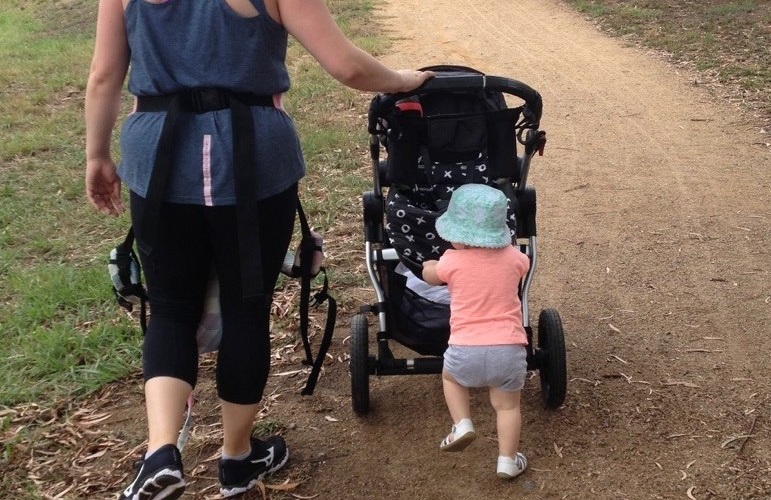
Their legs may be tiny, but we have plenty of walks for young Canberrans as well. Photo: Meet and Move Facebook.
3. Gungahlin Hill Nature Reserve
This 800-metre walk is great for exploring tree stumps, climbing and balancing across fallen logs, and discovering even more spring wildflowers. You can enter via the stile on Cocoparra Crescent, Crace.
4. The Pinnacle
If you’re after a walk that’s a little longer, this 1.5 km roundtrip is a summit for little legs to tackle. There are plenty of rocks to jump across, logs for balancing, or grab a stick to draw as you walk along the track. Park your car on Springvale Drive, Weetangera, across from De Sallis Street.
We could write forever about all the beautiful trails where you can get among nature this spring. But for now, here are some honourable mentions, including special events which are on just for spring. And remember, wherever you’re trekking in the Capital, be prepared and stay safe.
1. Flowering Forest Walks
Journey through the hills of the National Arboretum and discover its many forests and gardens. The theme and destination of each walk varies as the season progresses, with bookings essential. The walk is free for children and $5 for adults and is held from 17 September to 16 October. A special Floriade walk will be held on 25 September.
2. Mugga Mugga Cottage
Discover Canberra’s story following federation at this stone cottage built in the 1850s. You can take guided tours inside the homestead and the gardens. Special events walking tours are being held during spring as part of the Bloom Festival, which will also take you on tours of Lanyon Homestead and Calthorpe’s House.
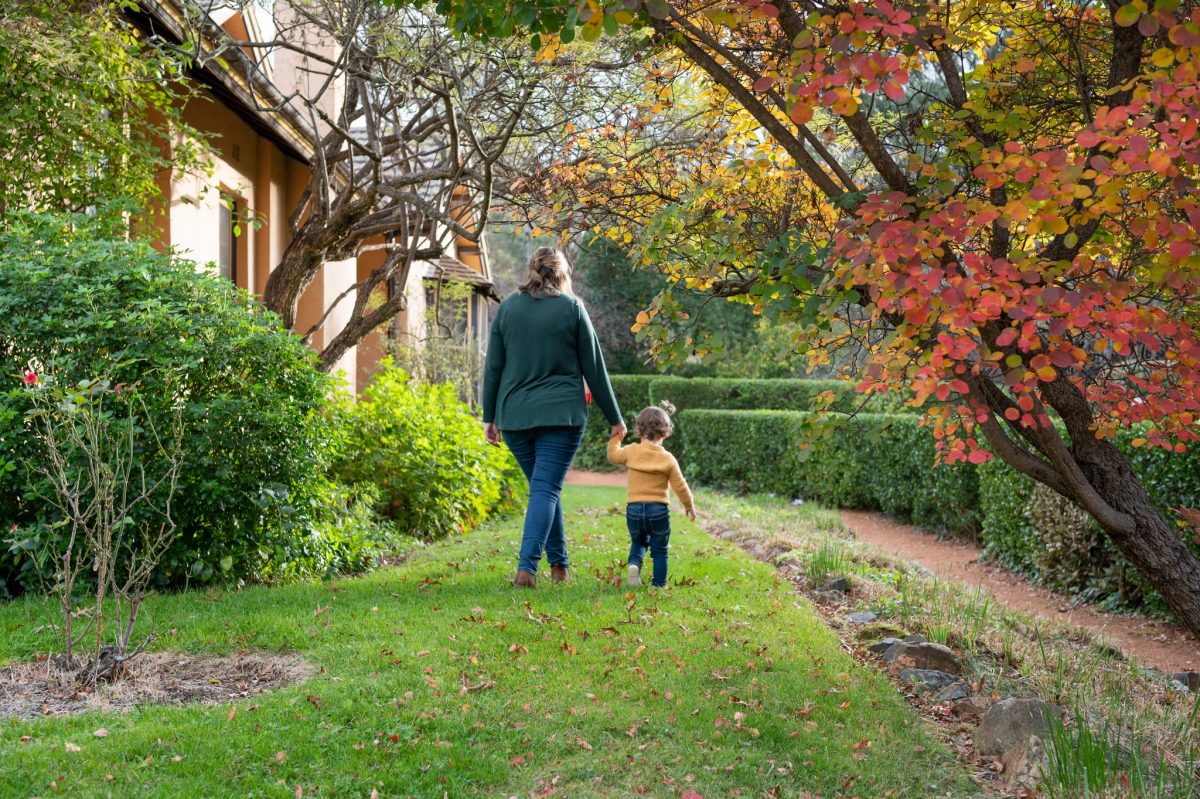
Explore Calthorpe’s House as part of the Bloom Festival. Photo: ACT Historic Places Facebook.
3. Lake Burley Griffin
Take yourself on a self-guided, 5 km stroll to explore the city’s landmarks and memorials around the Central Basin. Take a detour to discover more, including the site of Murray’s Bakery and the Pioneer Women Memorial. Pause to listen to the National Carillon and take a tour through Blundell’s Cottage while you’re at it.
4. Canberra Centenary Trail
Definitely not one to be tackled in a day, the Centenary Trail is a 145-kilometre self-guided loop for walkers and cyclists. It takes you through urban and rural Canberra, showing off historical sites and hidden treasures. It can be divided into daily sections and explored as a 7-day walk or 3-day cycle.












